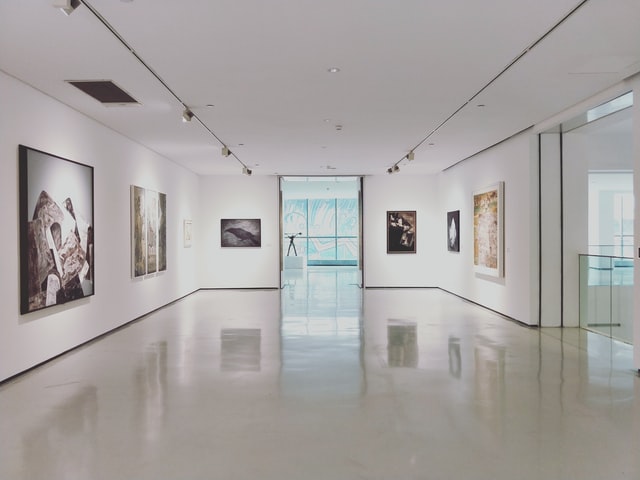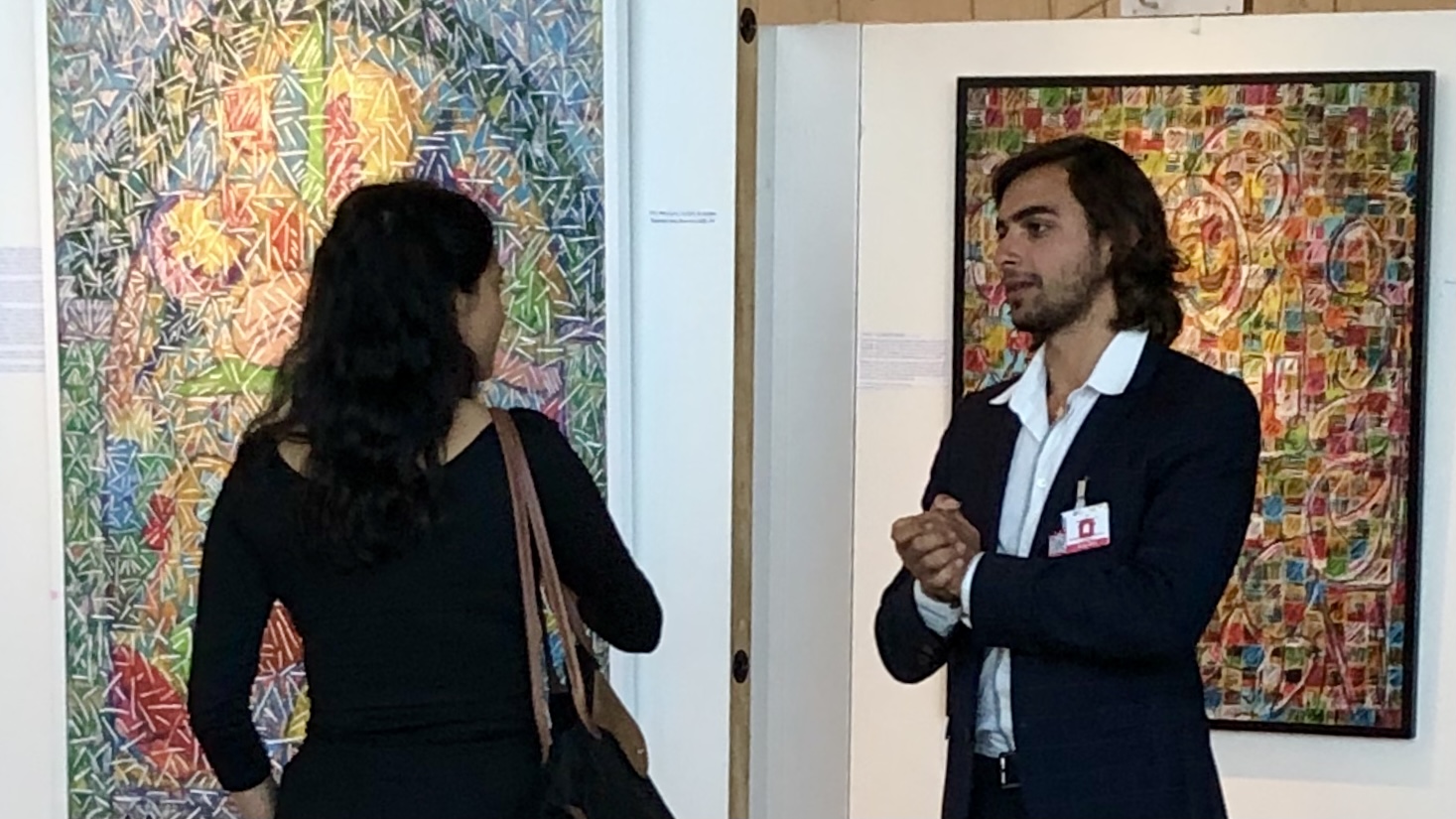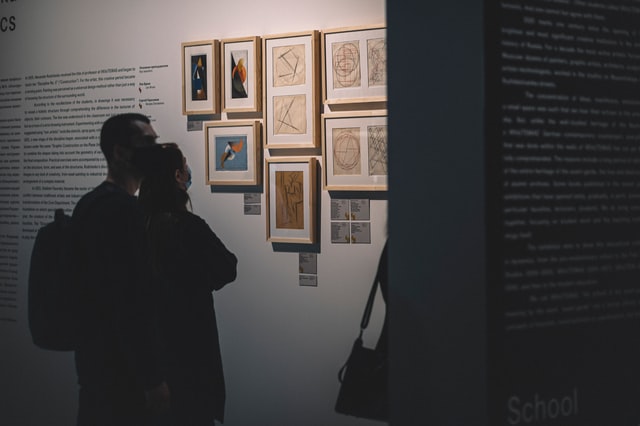This profession has many particularities and requires a demanding knowledge of art. From the writing to the setting up of an exhibition, the missions of an exhibition curator are diverse and varied. Presentation of this essential profession in the art world.

His specialty: designing exhibitions
A curator oversees collections, such as works of art and historical objects, and may conduct public service activities for an art institution or museum. When designing an exhibition, he or she chooses the works to be displayed and opts for a promotional approach to them.

Many works and sculptures are important and may have historical significance. Curators preserve and organize the exhibition of these works of art, which are often temporary.
The job of a curator is not limited to this. It also includes the following missions:
- He may be responsible for acquiring works of art and taking care of their storage to ensure the safety and proper preservation of the works.
- He defines the theme and establishes the main thread of the exhibition taking into account the artistic trends of the moment. The curator plays a very important role in determining the exact location of the works of art in the exhibition space.
- Inside the place that he will have chosen beforehand, he must make sure that everything is in place to highlight the works. To do this, he/she develops and creates the necessary material for the exhibition, notably for the hanging, the lighting, the labels, the exhibition plans in the local language and in some cases in foreign languages...
A profession of versatility
During the opening and the entire duration of an event, the curator organizes and directs the audience and may be required to present the works of art in the context of a guided tour. During a temporary exhibition, the curator provides a platform between the venue's security and technical staff.
In addition, the curator's skills can be called upon for the planning of research projects, so he or she must set up platforms for reflection on specific themes of contemporary art, news, modern art...

Most of the time, the curator occupies the position of museum director and is responsible for the acquisition, storage and development of the collections.
Curators have the legitimacy to negotiate and authorize the purchase, sale, exchange or loan of a work, and are therefore an important link in the art market.
This profession is taught in specialized training programs, thanks to which they have the competence to authenticate, evaluate and classify the works of art in a collection. This profession is therefore varied and involves multiple responsibilities.
A profession in constant evolution
Today, a large part of the curator's mission involves fundraising and promoting events and exhibitions. In addition, this includes writing press articles and publishing specialized works. During the exhibition, the curator writes the texts accompanying the presentation of the works. This job requires good writing skills and a certain love for writing.

Curators generally specialize in a specific period of art history and become specialists like those who work in large cultural institutions.
Art museums may employ curators who specialize in a specific period to curate exhibitions.
Ludwig Otte, Art Curator & Founder of Curating Eye




